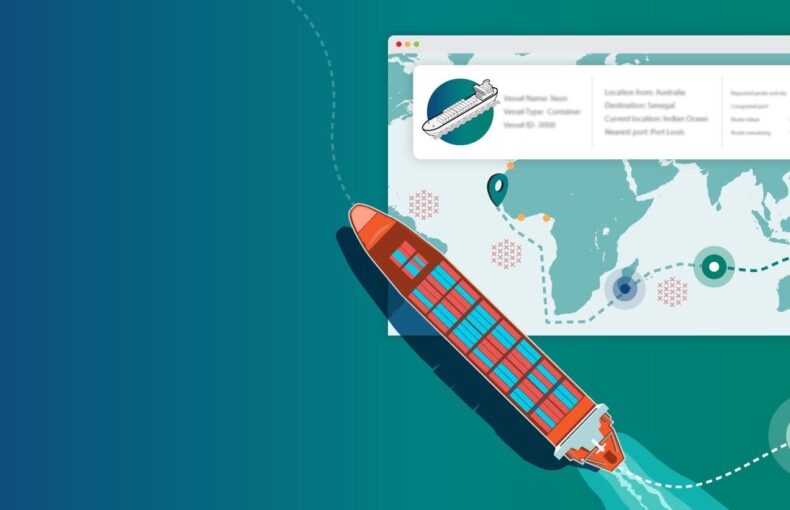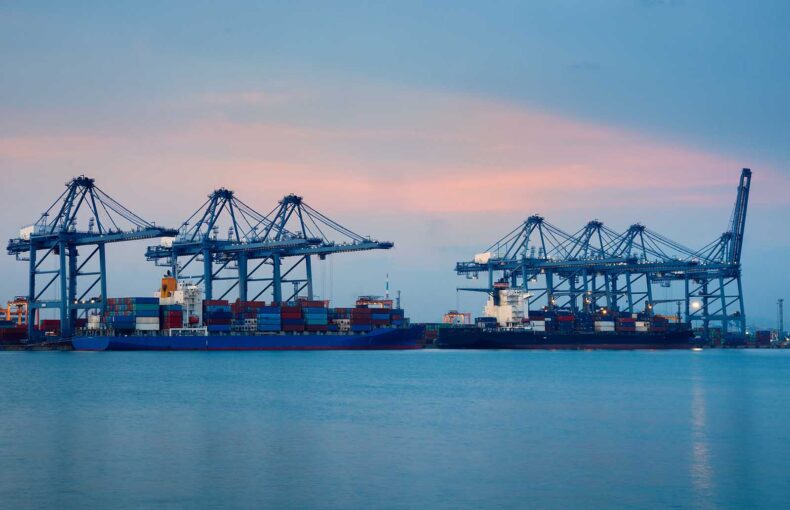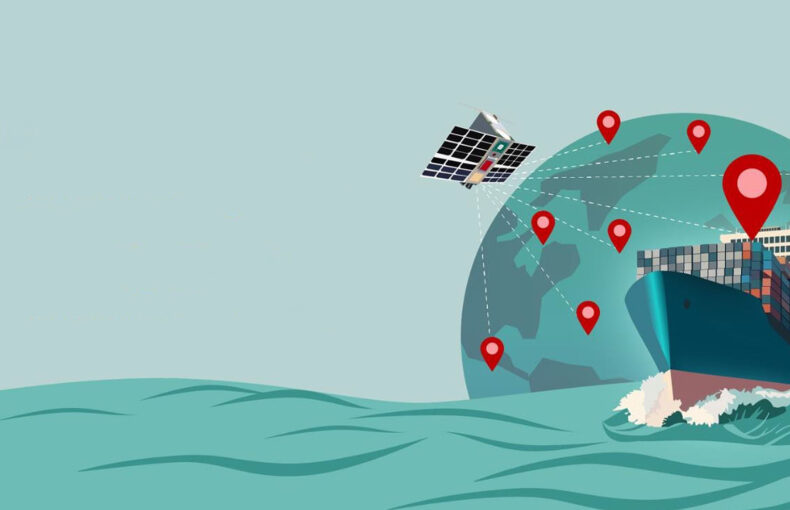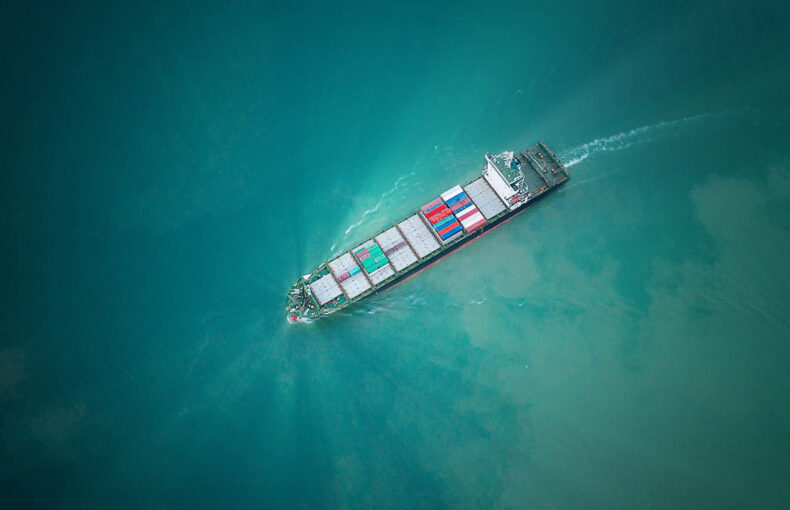Q&A with Spire Analytics Creators
Free trial inside…How Spire is improving its range of maritime data to ensure as many customers as possible can access the information and use it to best effect.
As the use of algorithms and analytics continues to enhance automated processes and digital transformations across the maritime industry, Spire Maritime is harnessing the power of its vast data sources and putting it in the hands of our customers with a new solution called Spire Analytics.
We’re sitting down with two of the creators of Spire Analytics, Max Abouchar and Ajay Singh, to learn more about it and map out where the solution is heading.
Describe Spire analytics and its purpose in one sentence?
Abouchar: An analytics platform that makes maritime data accessible and easy to consume.
What problem is Spire Analytics looking to solve?
Abouchar: Spire Analytics gives more people access to maritime data. Maritime data has become a really valuable tool, not only for maritime professionals, but also for anyone interested in studying markets and/or global trade. Spire Analytics makes this data accessible to non-technical users, which is a really powerful thing.
Who is the ideal customer?
Abouchar: Anyone who wants to be able to explore vast amounts of maritime data and use this information to influence business decisions is a potential customer. For example, someone in finance or insurance who wants to track and monitor bulk markets for their small business is an ideal customer. Spire Analytics eliminates the need for our customers to invest in expensive in-house analytics tools and capabilities that may potentially exceed their every-day needs. For example, they won’t have to purchase data feeds, hire developers or build their own algorithms and filters. Our platform is a hybrid solution where data is provided and we do the legwork to deliver it in a ready-for-work way.
Singh: I think what Max is saying is really important. Spire Analytics isolates the data factors that impact each of our unique customers. We simplify the data into insights, meaning that customers don’t need to have technical backgrounds to begin drilling into the areas that accelerate their business. In addition to this being a time saver for our customers, it can translate into significant cost savings as Spire Analytics enables them to assess the capabilities of Spire Maritime’s data without investing in technical resources.
If you could tell early adopters one thing about Spire analytics what would it be?
Abouchar: Filter away! Users of analytics can see aggregations of data across the entire globe all of the way down to single vessel tracks and time spent in port. Users can also analyze aggregations of ports of interest, filtered only by the types of vessels they are interested in.
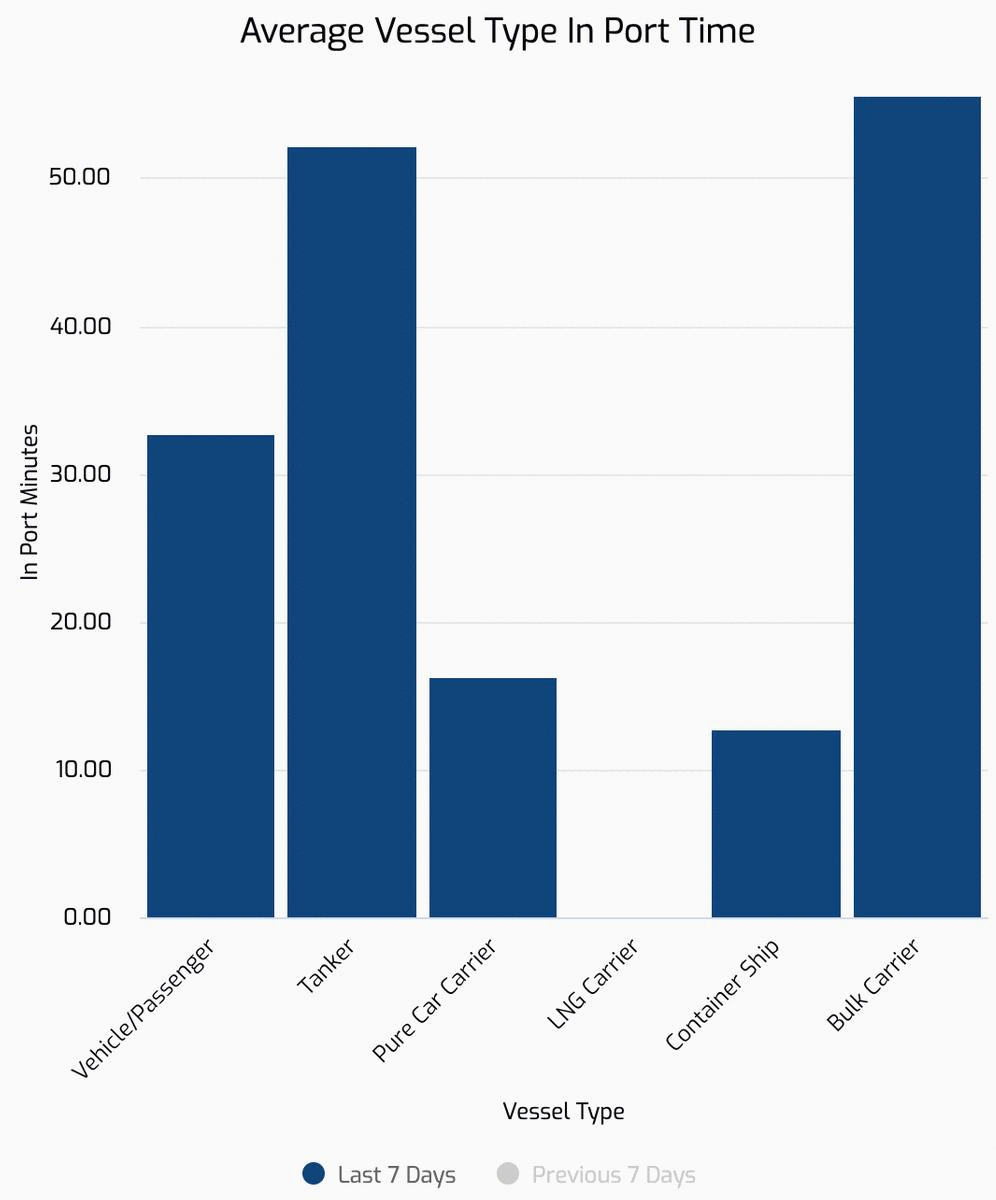
Singh: Yeah, I agree. Filtering can be done on almost all fields available in the Spire Analytics platform. The ability to filter by Port, Country, Vessel Type, DWT, etc. can help our customers visualize and export data based on parameters of interest.
Explain why Spire analytics is customer-centric? Especially in this early development stage.
Abouchar: Analytics puts the power of a Spire data scientist into the hands of anyone using the platform. Users can explore data visually without building any data pipelines and use engineering resources to connect to our APIs, allowing them to derive value from our data much sooner.
Singh: The flexibility of this platform was built with the customer in mind. We wanted to make sure that our customers could create custom dashboards for any use case. And, that’s what we did. If a customer wants to track the arrival of ships at a port as well as information about the fleet, it’s easy to create separate views for this, set alerts, and schedule reports for both. The platform is hyper-customizable to any user’s specific needs.
This is just a pilot stage. What direction do you see Spire Analytics going?
Abouchar: We have built a very flexible platform that allows us to very quickly integrate new data sets where we see demand. We see cargo data analytics as well as congestion and volume predictions using machine learning as next steps as they build on areas where we already have expertise.
 Written by
Written by